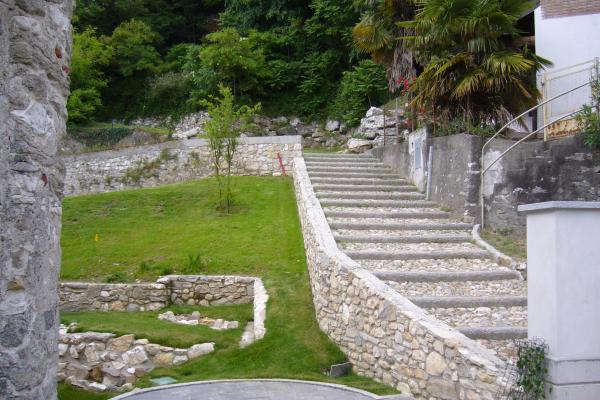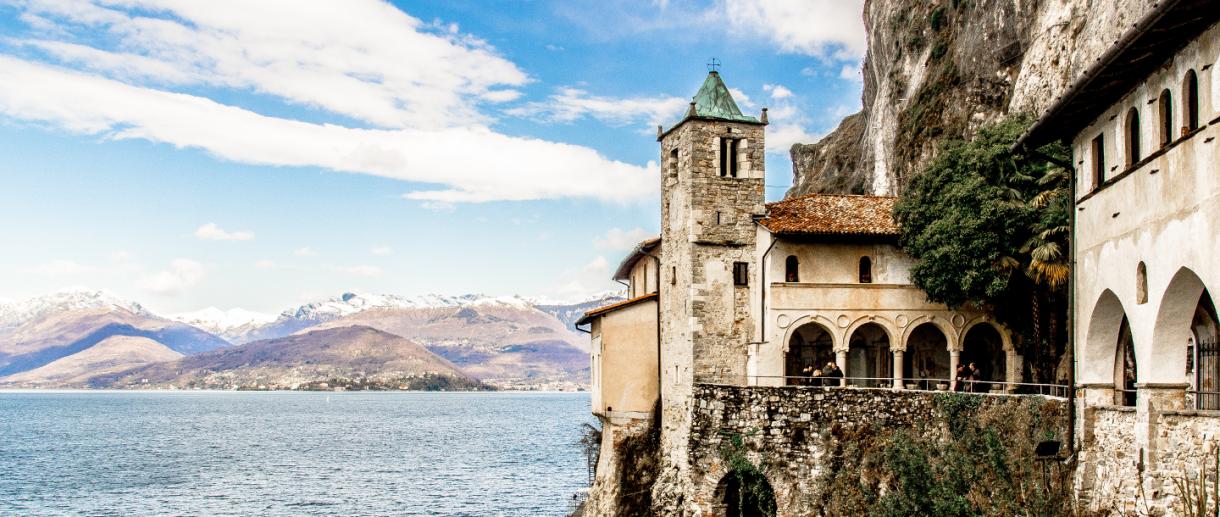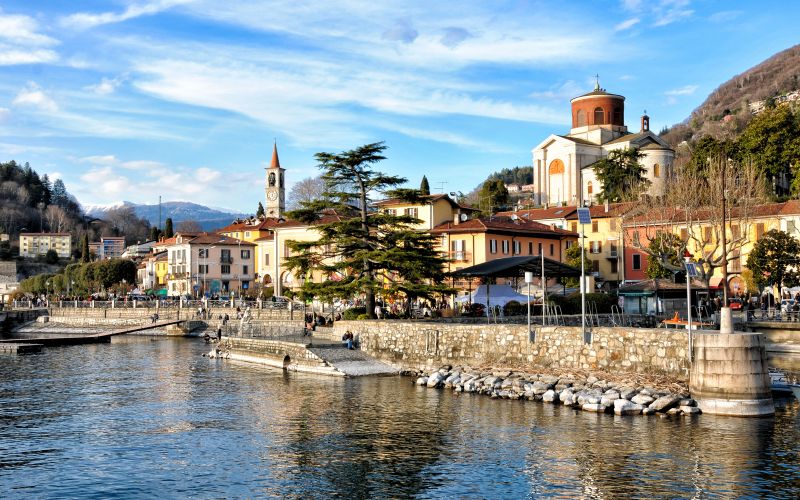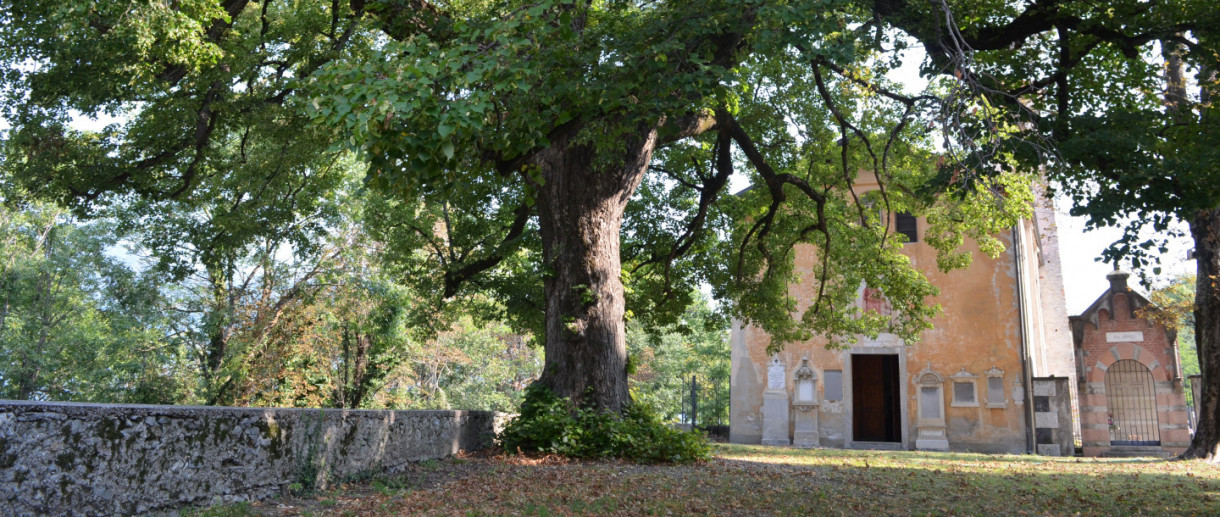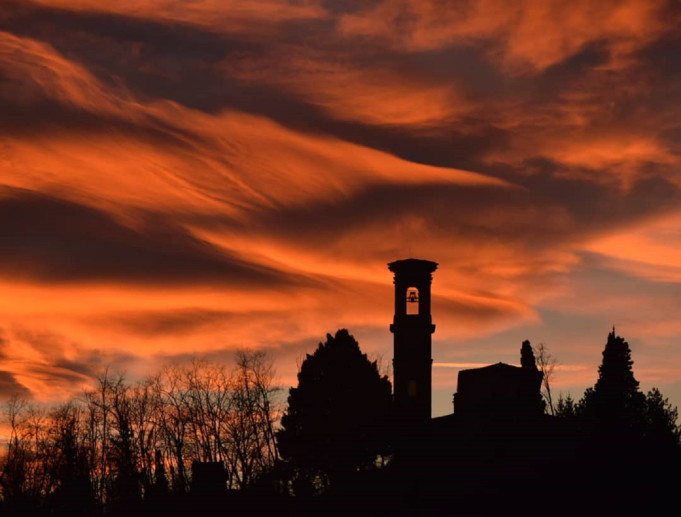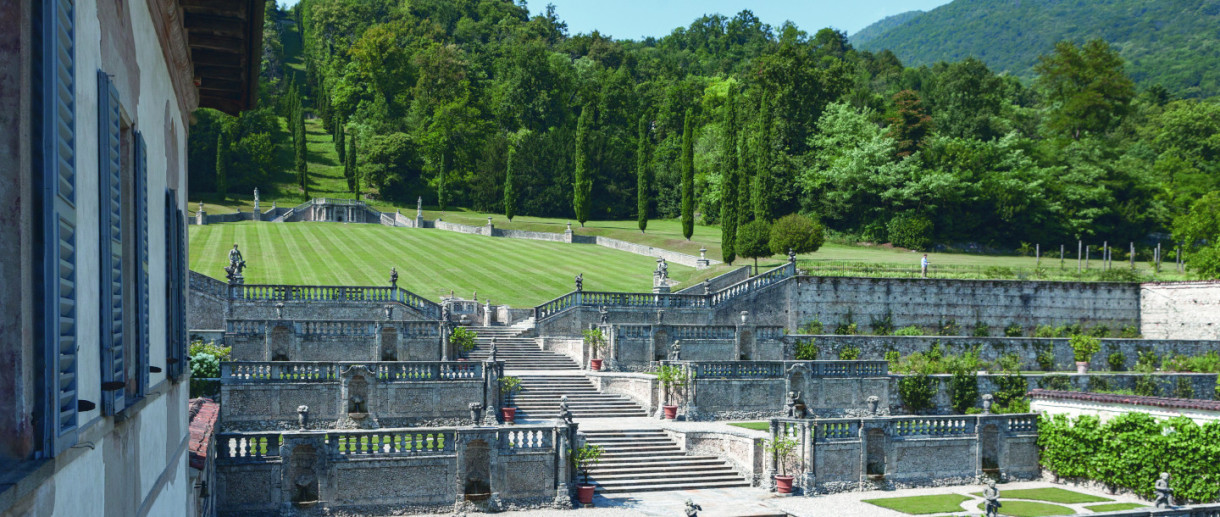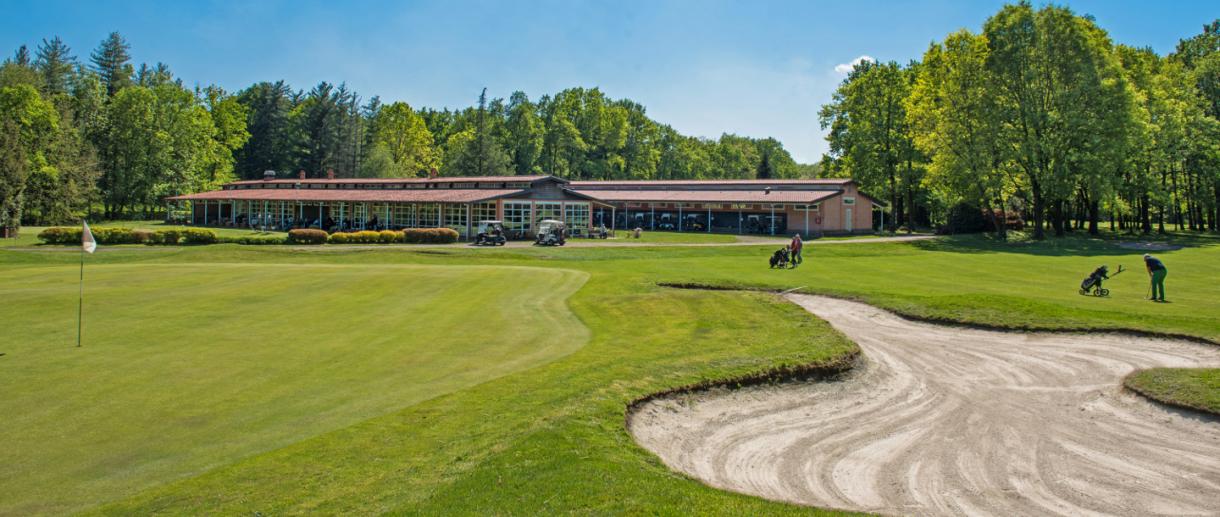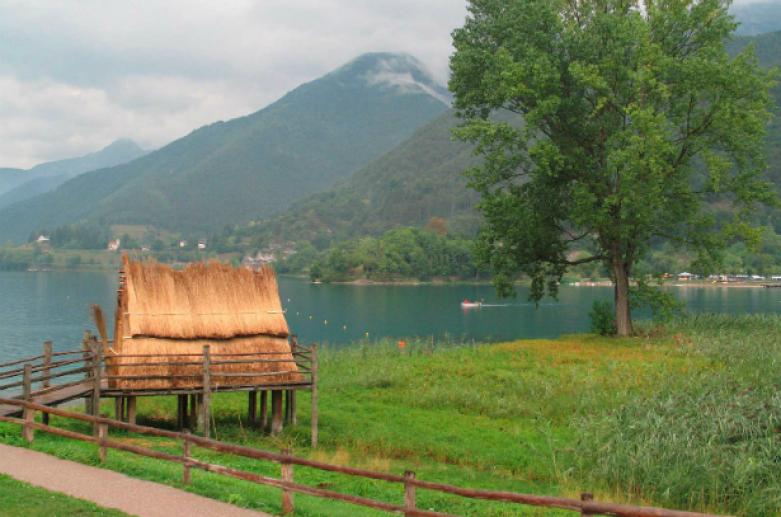- Art & Culture
- Religious Tourism
Necropoli di Caravate
Complesso di quattordici sepolture a inumazione fra l’VIII e il IX secolo
In 2002, the restoration and recovery work being performed around the church of Sant'Agostino in Caravate unearthed a necropolis adjacent to the religious building itself.
The Superintendence for Archaeological Heritage of Lombardy decided to carry out a more in-depth analysis of the discovery, by performing a systematic excavation of the entire cemetery area. The excavations unearthed a complex of fourteen burial tombs, which, based on the archaeological stratigraphy, date back to the eighth or ninth centuries A.D.
Thanks to the environmental development project, the tombs are still visible today. The recessed burial structures were originally covered with stone slabs. Inside lay the supine skeletonized remains of Caravate's ancient inhabitants, some of which were perfectly preserved.
The skeletons were brought to the Laboratory of Anthropology and Molecular Physics at the University of Insubria in order to undergo anthropological and paleopathological analysis. The skeletons, of men, women and children, reveal how the population's average height did not exceed 1.65 metres. The life expectancy rarely reached beyond 45 years of age and there was a high infant mortality rate. The bone injuries encountered upon various subjects may indicate that a non-fatal traumatic event took place that affected much of the community of Sant'Agostino. All this, however, remains a matter of conjecture.
The archaeological site also includes a small Romanesque church housing a series of fourteenth century frescoes, some of which have been removed and are now preserved in the municipal building, including an important Gothic Crucifixion scene and one depicting the Adoration of the Magi. Thanks to the restoration and development of the archaeological site, visitors now have the opportunity to discover an outdoor medieval funeral area.
